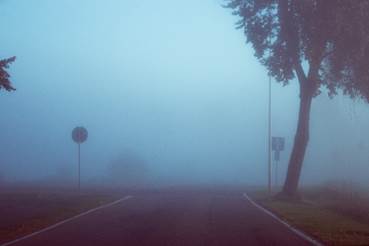





Disclaimer: Copyright infringement not intended.
Context
Fog
How does fog form?
Fog in Indo Gangetic region
Link between pollution levels and fog
Radiation Fog
Advection Fog







© 2025 iasgyan. All right reserved